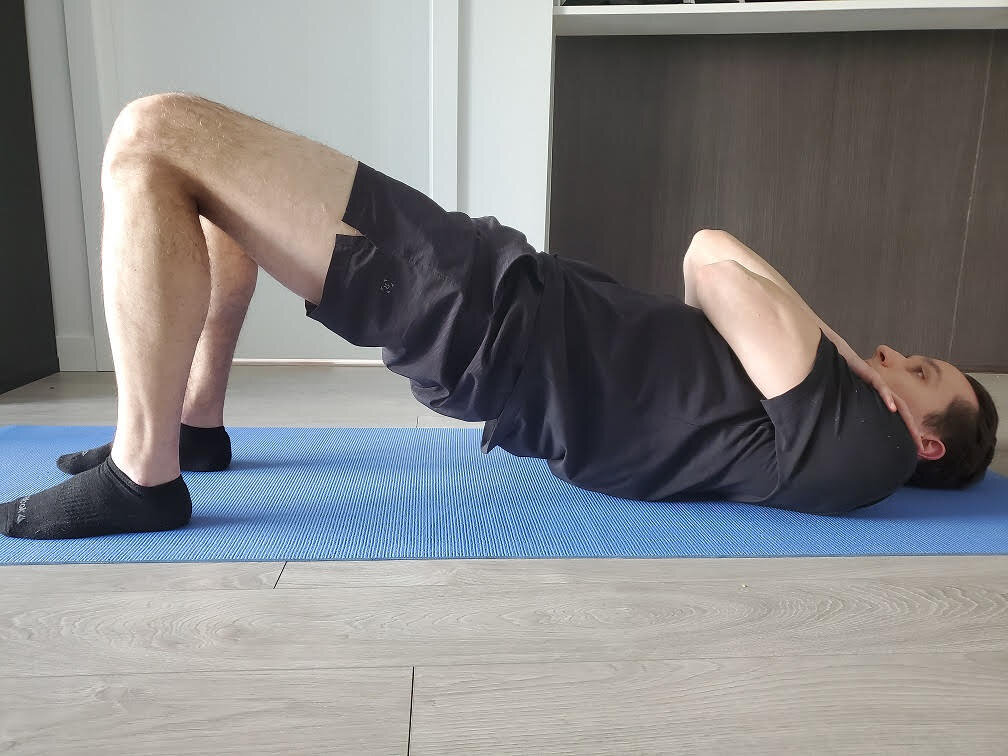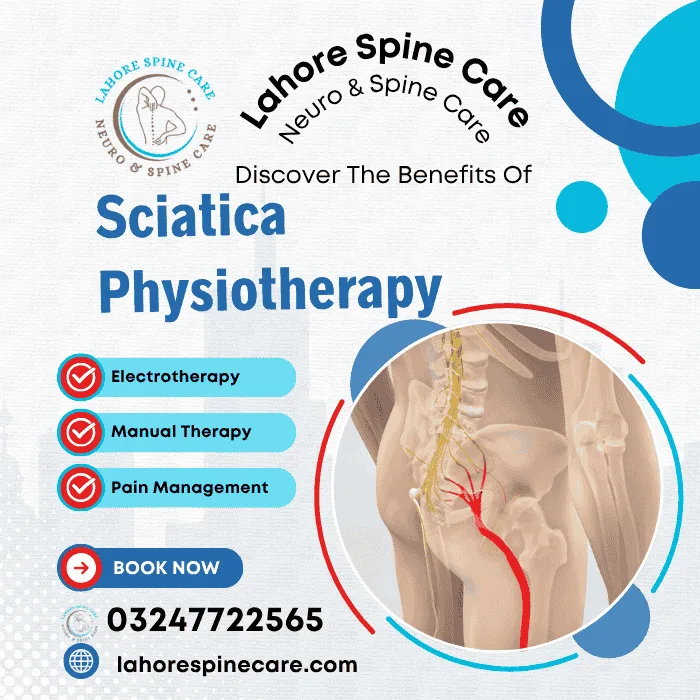LAHORE SPINE CARE
If you’ve ever experienced back pain or discomfort, you may have heard the term “disc bulge” or “herniated disc” tossed around. These terms are often used interchangeably, but they describe different stages of spinal disc issues. In this blog post, we’ll break down what a disc bulge is, the common causes and symptoms, and the available treatment options to help you manage or even alleviate the pain.


Table of Contents
ToggleWhat is a Disc Bulge?
The spine is composed of a series of vertebrae stacked on top of each other, with intervertebral discs acting as cushions between them. These discs have two main parts:
- Annulus Fibrosus: The tough, outer layer that holds everything together.
- Nucleus Pulposus: The soft, gel-like center that provides shock absorption.
A disc bulge occurs when the outer layer of the disc (annulus fibrosus) weakens or becomes damaged, causing the inner gel-like material (nucleus pulposus) to push outward. Unlike a herniated disc, where the inner material actually breaks through the outer layer, a bulge means the disc’s outer layer is still intact but is protruding out of its normal space.


Common Causes
Several factors can contribute to disc bulges, including:
- Aging: As we age, our discs lose hydration and elasticity, making them more prone to bulging.
- Repetitive Strain: Repeated heavy lifting, poor posture, or prolonged sitting can stress the discs and lead to bulging.
- Injury: Trauma or sudden impacts, such as a car accident or sports injury, can damage the discs.
- Genetics: Some people may be genetically predisposed to disc issues.
Symptoms
The symptoms of a disc bulge can vary based on its location and the extent of the bulge. Common symptoms include:
- Back Pain: This is often the primary symptom, especially in the lower back (lumbar region).
- Leg Pain: If the bulge compresses a nerve root, you might experience pain radiating down the leg, a condition known as sciatica.
- Numbness or Tingling: Compression of nerves can lead to sensations of numbness or tingling in the limbs.
- Muscle Weakness: In severe cases, you may experience weakness in the muscles served by the affected nerves.

Diagnosis
To diagnose a disc bulge, healthcare providers may use:
- Physical Examination: Evaluating symptoms and checking for physical signs.
- Imaging Tests: MRI or CT scans can provide detailed images of the spine and reveal the presence and extent of a bulge.
Treatment Options
Treatment for a disc bulge depends on the severity of symptoms and the impact on daily life. Options include:
- Conservative Treatments:
- Rest and Activity Modification: Reducing activities that worsen symptoms and allowing the spine to heal.
- Physical Therapy: Exercises to strengthen the back and improve flexibility.
- Medications: Pain relievers or anti-inflammatory drugs to manage symptoms.


- Advanced Treatments:
- Epidural Steroid Injections: These can reduce inflammation and provide temporary relief.
- Surgical Options: In severe cases, procedures like discectomy (removal of the bulging portion) may be considered.
Prevention
While some risk factors, like aging, are unavoidable, you can take steps to reduce the risk of disc bulges:
- Maintain Good Posture: Use ergonomic furniture and practice proper lifting techniques.
- Exercise Regularly: Strengthening your core and back muscles can provide better support for your spine.
- Stay Active: Regular movement helps maintain spinal health and flexibility.


Conclusion
A disc bulge can be a painful and disruptive condition, but understanding its causes, recognizing the symptoms, and exploring treatment options can help you manage and potentially alleviate the discomfort. If you suspect you have a disc bulge, it’s important to consult with a healthcare professional to get an accurate diagnosis and appropriate treatment plan tailored to your needs.
Remember, while disc issues can be daunting, many people find significant relief with the right approach. Stay informed, take proactive steps, and don’t hesitate to seek professional help when needed. Your spine will thank you!

Feel free to reach out if you have specific questions or need further information on managing disc bulges!
https://web.facebook.com/lahorespinecare/?_rdc=1&_rdr

LAHORE SPINE CARE is proudly powered by WordPress